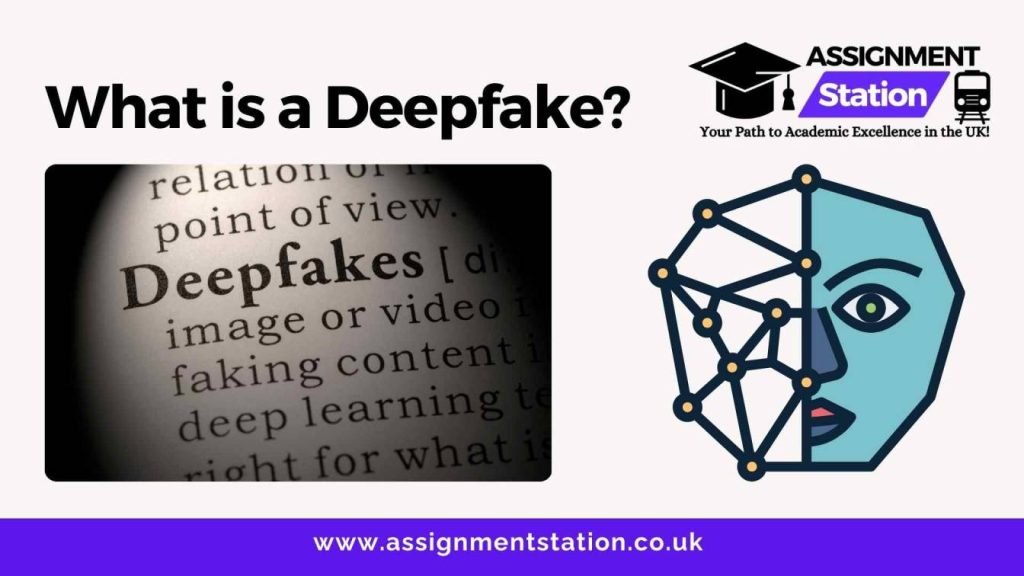Deepfake are digitally manipulated media where a person’s likeness in an existing image or video is replaced with someone else’s, using advanced artificial intelligence (AI). The term “deepfake” merges “deep learning” and “fake,” emphasizing how AI is utilized to craft these highly realistic yet deceptive visual representations. These technologies have evolved significantly, making it challenging even for experts to differentiate between authentic and fake content.
The Rise of Deepfake Technology
Deepfake technology has rapidly advanced due to improvements in machine learning algorithms, particularly generative adversarial networks
(GANs). Initially a niche area of AI research, deepfakes gained widespread attention in the late 2010s, with viral deepfake videos of celebrities and politicians. The accessibility of tools for creating deepfakes has also contributed to their rise, allowing virtually anyone with a computer to create convincing fake videos.
Applications of Deepfake
While deepfakes are often associated with negative connotations, they have several legitimate applications:
Entertainment Industry: Filmmakers use deepfake technology to bring actors back to life, as seen in films where deceased actors are digitally resurrected.
Education and Training: Deepfakes can be used in educational settings, such as virtual reality training scenarios where real-life situations are simulated.
Marketing and Advertising: Companies are beginning to experiment with deepfakes to create personalized ads, where the faces of viewers are integrated into the content.
Are Deepfakes Illegal
The primary concern with deepfakes is their potential to spread misinformation and cause harm:
Political Manipulation: Deepfakes can be used to create fake news videos of politicians saying or doing things they never actually did, potentially swaying public opinion.
Reputation Damage: Individuals can have their reputations tarnished through deepfake videos depicting them in compromising situations.
Cybersecurity Risks: Deepfakes can be weaponized for social engineering attacks, where employees are tricked into believing they are receiving instructions from their superiors.
Detecting and Combating Deepfakes
Given the sophisticated nature of
deepfake technology, detecting these fakes requires advanced tools and techniques:
AI-Powered Detection Tools: Researchers are developing AI tools that can identify deepfakes by analyzing inconsistencies in the video or audio.
Blockchain Technology: Some propose using blockchain to verify the authenticity of videos and images, creating a digital fingerprint that can confirm the content’s origin.
Regulation and Policy: Governments and organizations are beginning to develop policies aimed at controlling the use and distribution of deepfake technology, including potential legal consequences for those who create or share harmful deepfakes.
Ethical Considerations
The ethical implications of deepfakes are vast, raising questions about privacy, consent, and the potential for abuse:
Consent and Privacy: Deepfakes often involve the use of someone’s likeness without their consent, which raises significant privacy concerns.
Impact on Society: The widespread use of deepfakes could lead to a general erosion of trust in media, making it difficult for people to distinguish between real and fake information.
Future of Deepfake
The future of deepfake is likely to be shaped by ongoing advancements in AI and machine learning. As technology evolves, deepfakes will become more realistic and harder to detect, making it essential for society to develop strategies to mitigate their potential harms. On the other hand, advancements in detection technologies will play a crucial role in keeping deepfakes in check.
Conclusion
Deepfakes are a double-edged sword in the realm of digital media. While they offer exciting possibilities in entertainment and marketing, the potential for misuse cannot be overlooked. As this technology continues to evolve, it is crucial for individuals, organizations, and governments to stay informed and develop robust strategies for managing the risks associated with deepfakes. At
Assignment Station, we emphasize the importance of understanding and navigating these digital challenges as part of a comprehensive approach to digital literacy and media awareness.


